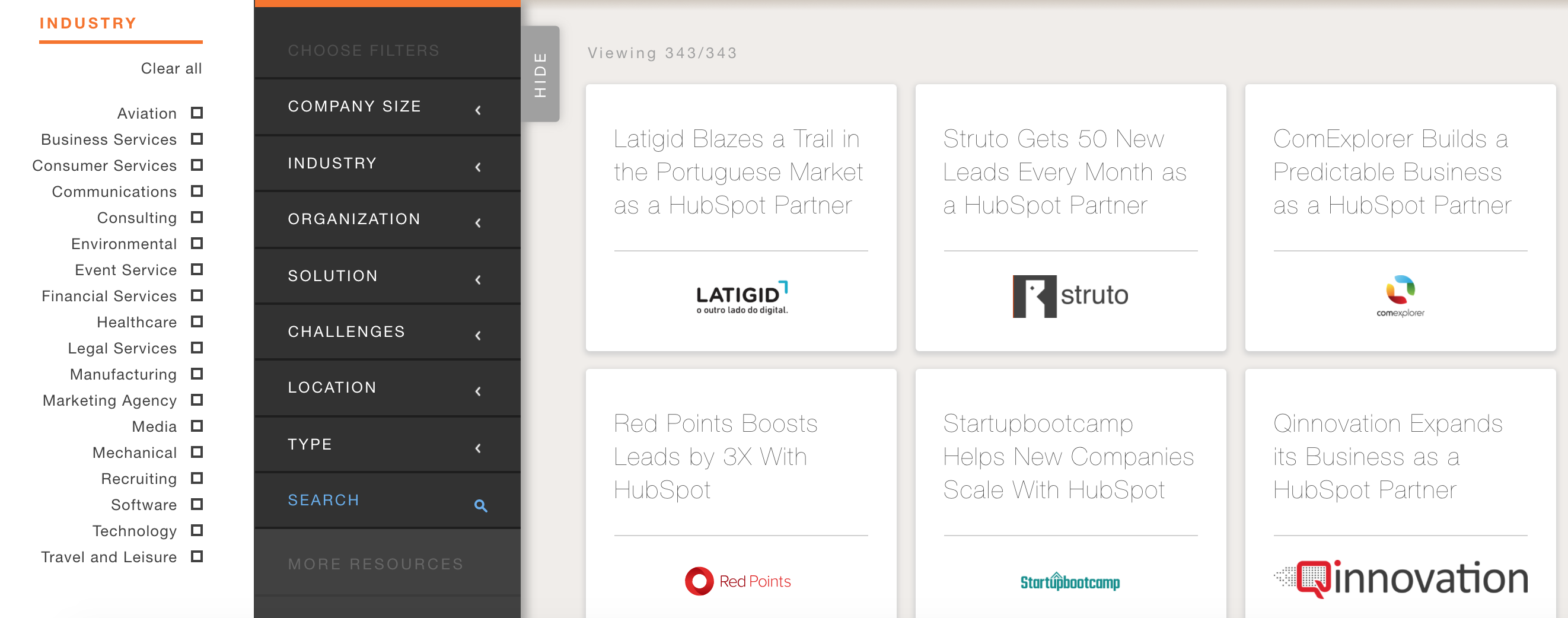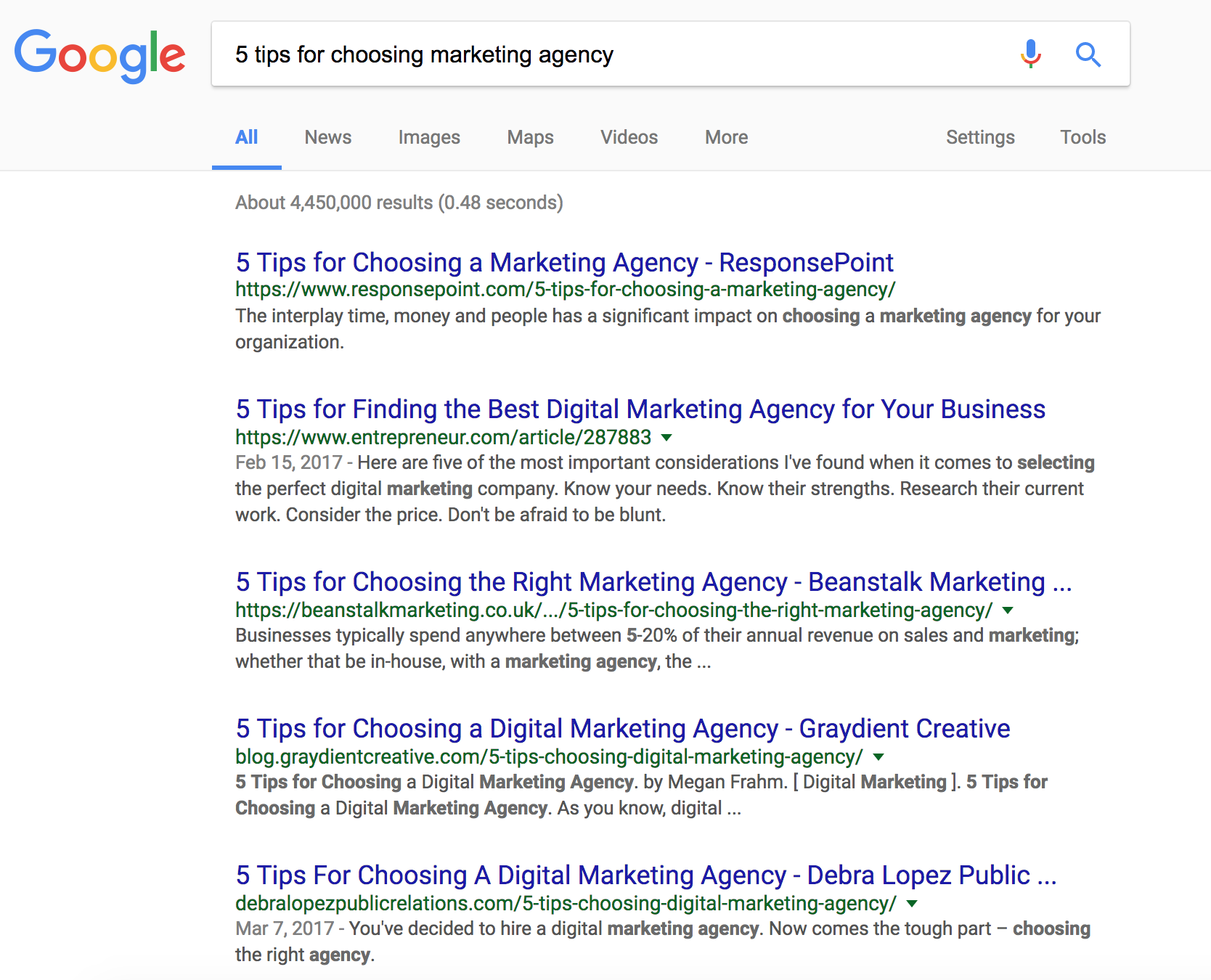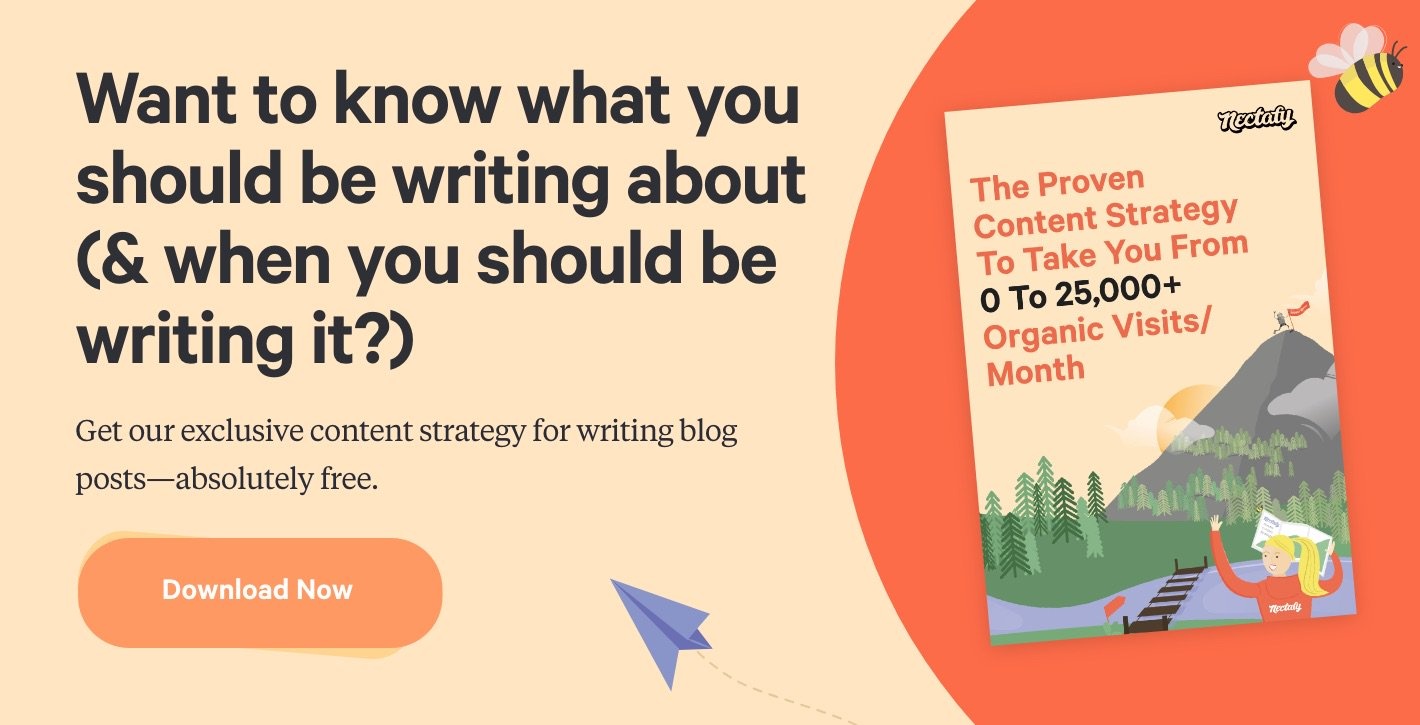How HubSpot Killed Inbound Marketing



In 2009, Dharmesh Shah and Brian Halligan, founders of HubSpot, literally wrote the book on inbound marketing. You know the premise by now, but here’s a refresher: The most prevalent advertising channels available interrupted the consumer with outbound messages (think radio ads, TV commercials, print ads). Inbound was a new way to attract potential customers toward your company by providing value to them before they ever paid. You’d do this by creating content.
HubSpot got so good at its own inbound marketing that loads of marketers and their companies jumped on board. Us marketers are like flies to a light. I read the book myself in 2010 and have been an inbound marketer ever since.
But inbound marketing as it once worked—the premise, the promise, the return—is now dead. Here’s how HubSpot led it to the grave, and what we’re going to do about it.
1. HubSpot built a partner program that has 3,200 inbound marketing agencies.
I’ve told this story before several years ago. HubSpot’s partner program made it really easy for print businesses, web design firms, marketing consultants, sales consultants, etc. to hang out their shingle as inbound marketing agencies. Buy the software for yourself, take some online quizzes, and you’re officially an inbound expert and a HubSpot partner.
- In 2015, there were 2,050 partner agencies and 1.26 million results when you searched in Google for “inbound marketing agency.”
- In 2017, there were 3,600 partner agencies and 10.6 million Google results for the search. Today, in 2019, that number has dropped to 3,175 according to HubSpot's partner agencies section.
Do we really think in the last few years there are 1,100 new “expert” inbound agencies on the scene?
Here’s the reality: probably 3,000 of the 3,200 agencies have no idea what they are doing. Remember I said I read the inbound book in 2010? By 2011, I was giving a talk to 40 small business owners about how they could use inbound to grow their business. It’s easy to call yourself an inbound agency. It’s hard to deliver.
Those 3,000 agencies are out there right now calling themselves inbound marketing experts, signing up clients, and then burning those clients by not producing results. That sucks.
2. HubSpot (and its partners) pushed that inbound could work for any industry.
HubSpot has moved from a venture-backed startup to a publicly traded company. They have always needed to grow quickly. They’ve also needed to find which industries work best with their software. These are reasonable goals for any startup—prioritizing growth and finding their core customer.
But, by 2019 it’s clear: Inbound marketing does not work for every industry.
1. If you offer local products and services (“We cover these three towns”), inbound marketing will be a waste of time for you.
Yet HubSpot and agency partners continue to push inbound marketing for localized service companies, like this “consumer services success story” for landscaping. Sure, putting up a website for the first time will make a difference for your landscaping business. But blogging about how and when to lay down fertilizer is a losing battle. You may rank, but 99% of your visitors won’t be in the area you service. The same goes for plumbing and real estate.
2. If you have a high-transaction, low-price ecommerce website, inbound marketing will be a waste of time for you.
Part of the core of inbound marketing is teaching the prospect and helping them through a challenge they are facing. With something so transactional and cheap, like repurchasing cat litter, you’d be able to find cheaper and more effective channels like Facebook ads.
HubSpot will have a case study for just about every industry. And one local appliance company may be able to make a form of inbound work, but that doesn’t mean it’s the standard. It means it’s an outlier.

3. HubSpot’s inbound marketing worked so well, it attracted and accepted people who can’t do it.
Want to hear some proof from Dharmesh himself? This is the keynote speech from INBOUND 2017, a HubSpot marketing conference that attracted 21,000 people.
Watch this clip for about 30 seconds:
Give Dharmesh credit: He addresses the current issue in the industry head-on.
The core of inbound marketing is to “add value by creating content.” The good news, he said, was that the idea caught on quickly and gained a ton of followers.
“The not-so-good news is sometimes they became obsessed with the create content part instead of focusing on the add value part.”
So, where are we now with inbound?
To be fair, Dharmesh did include that “adding value” was always supposed to be central to inbound. But today, the average piece of content put out under the inbound marketing umbrella is low quality. It doesn’t add value.
If a number of companies were honest about their content, I bet they may end up where Alex Turnbull did all the way back in 2013: “Our blog sucks. Let’s discuss at 10 A.M. tomorrow.” They turned their blog around with quality, unique content and saw tangible results.
But it remains, that just like TV ads and billboards (the distracting advertising that inbound supposedly shunned), much of inbound marketing is a distraction as well.

Honestly, how many batches of “five tips for choosing a marketing agency” can one internet handle?!
What is Nectafy doing about it?
For background (not a sales pitch):
- We are the growth content company, and a platinum HubSpot partner. We even have a nifty case study for ourselves. After five years of using the term “inbound marketing agency,” we’ve honed in on exactly what we excel at—and that’s what we call growth content. You can watch the video and read all about why we did it here.
- Growth content is the only kind of marketing we do. It is the only way we grow our business.
- HubSpot plus growth content works well for us and for our clients.
- Yes, we may be bitter that so many people say they do inbound marketing (and ruin it for the rest of us). That’ll get us back on track...
With inbound now being so crowded with low-quality content, I’m declaring the way inbound marketing used to work… dead.
Here’s what makes growth content different from inbound marketing:
1. We focus on absolute quality of content.
The only way to make inbound marketing work today is to stand out from all the noise by providing the best content someone can find on a subject.
We’ve been talking about this for awhile at Nectafy, but I want to give credit to Garrett Moon, Co-Founder of CoSchedule, for framing this concept really well during his talk at INBOUND 2017. He said their goal with each piece of content is to pick a topic and keywords for their persona (just like the rest of us), Google the existing results for those keywords (like some of us), and then plan the piece of content to be ten times better than anything that currently exists (like only they truly do).
For Nectafy, stuff like this just won’t cut it anymore, so we've taken down the articles:
- 3 Time-Saving Content Marketing Tactics
- What Are SEO Keywords & How Do They Work?
Stuff like this does:
- In-Depth HubSpot Review: 5 Years Of Real-World Use
- How Long Does It Take To Write A Blog Post? A 2,400-Hour Analysis
2. We provide original thought in our content, not just “research.”
Most inbound marketers hire a writer and set them loose to research and then write about a topic. The problem is that writers are not experts in the industries they write for. This is not their fault. They end up Googling and tweaking stuff that already exists on the internet, and we end up with 10,000 articles that all sound the same.
At Nectafy, we do subject matter expert interviews for every piece of content we create. These interviews allow our writers to get insider advice from experts in the industry. More importantly, these experts are employees at our client companies, and therefore, allow us to help them pull the unique knowledge they provide out onto their website. The knowledge you possess is the real value you can provide through inbound marketing—not a writer’s ability to Google. Here's proof:
-
How To Generate $1.1 Million In Sales With Growth Content [Case Study]
-
The Main Factors That Drove $540,000 In Sales With Growth Content [Case Study]
3. We’re going to focus on being better for smaller groups of people (or personas).
Nectafy has gone through its own learning process, just like any company, and I’m sure we have even more focus to come in the future.
We started out as, “Hey, we can do marketing for you!”
↓
Then, we went to, “We’re an inbound marketing agency.”
↓
To, “We’re a B2B inbound marketing agency.”
↓
Then, "We're a B2B inbound agency for high-tech companies that have smart teams in place, industry-changing services, and a consultative sales process.
↓
We don’t want to be everything to everyone. We want to be experts for the people who care about our expertise.
OK, here’s a final summary.
- HubSpot, and the inbound industry at large, allowed people to call themselves “inbound marketers” if they were simply creating content, not if they were actually providing value.
- Inbound marketing has turned into any other type of marketing channel now. It’s crowded, and most of the stuff you’ll find is junk.
- The only real way to make inbound work today (2019 and beyond) is to provide the absolute best content for your subject-area expertise. That's why we moved to growth content.
If you consider yourself a good inbound marketer, let’s commit to that together.
If you have some feedback for me, or want to talk about where we are as an industry, here are a few good ways to keep the conversation going:
- Let's talk on Twitter
- We could do a video call here
- Or, leave a comment below

